What is a capped drawdown pension?
Learn what capped drawdown pension is, how it works and get answers to your capped drawdown questions.

What is a capped drawdown pension?
Capped drawdown pension schemes have a limit on the amount that can be withdrawn each year.
This limit was calculated in accordance with factors produced from the Government Actuary Department (GAD). Unlike flexi-access drawdown schemes, capped schemes would retain a contribution limit up to the current standard Annual Allowance (£60,000 gross).
Pension reforms on 6 April 2015 made this feature unavailable to new retirees, and those who were already in capped pension could choose to remain in capped drawdown or convert to flexi-access drawdown.
How does capped drawdown work?
Upon reaching age 55, you can take up to 25% of your pension tax-free (subject to maximum of £268,275). A capped drawdown means the rest of your pension stays invested while your annual withdrawals are limited in accordance with guidance provided by the Government Actuary’s Department. This is known as the maximum GAD limit.
Capped drawdown GAD limits
The Government Actuary’s Department (GAD) sets the maximum capped drawdown income at 150% of the income that a healthy person of the same age could get from a lifetime annuity.
The limit is reviewed every three years while you are under age 75, after which reviews become annual. If the limit is exceeded, then the pension automatically converts to flexi-access.
Capped drawdown and contribution limits
If you take annual income within the calculated maximum annual GAD limit, you will retain the standard annual allowance for pension contributions (100% of your UK earnings up to a maximum of £60,000 gross per annum for the 2024/25 tax year).
However, if you withdraw more than the calculated maximum annual GAD limit, your capped drawdown pension will convert to flexi-access. From then, you will be subject to the Money Purchase Annual Allowance. This means that the maximum you can pay into a pension scheme is reduced to the lower of £10,000 a year and 100% of your earnings (2024/25).
Converting to a flexi-access drawdown pension
Converting a capped drawdown to flexi-access is easy. Simply speak to your pension provider and they will help you switch pension arrangement.
Alternatively, exceeding the maximum GAD limit will automatically convert your pension scheme to flexi-access.
You may also convert to flexi-access drawdown when transferring to another pension scheme, such as the ii SIPP.
What changed on 6 April 2015?
The first drawdown pensions were introduced in 1995 to give people greater choice than having to buy a lifetime annuity. However, drawdown contracts still required retirees to secure a pension by purchasing an annuity by age 75.
This limitation was eventually removed with the introduction of capped and flexible drawdown pensions. On 6 April 2015, the Government replaced all flexible drawdown plans with flexi-access and stopped offering capped drawdown, although existing capped pension holders could choose to keep their plans unchanged.
What is the maximum income limit?
The current maximum income limit for a capped drawdown pension is 150% of the Government Actuary’s Department (GAD) basis amount. The basis amount is essentially the value of the annuity that your pension could buy, which is itself calculated using the GAD’s own drawdown tables and instructions which can be found here. The maximum limit is reviewed every three years up to age 75, after which reviews become annual.
How can Pension Wise help?
If you have a defined contribution pension scheme and are 50 or over, then you can access free, impartial guidance on your pension options by booking a face to face or telephone appointment with Pension Wise, a service from MoneyHelper.
If you are under 50, you can still access free, impartial help and information about your pensions from MoneyHelper.